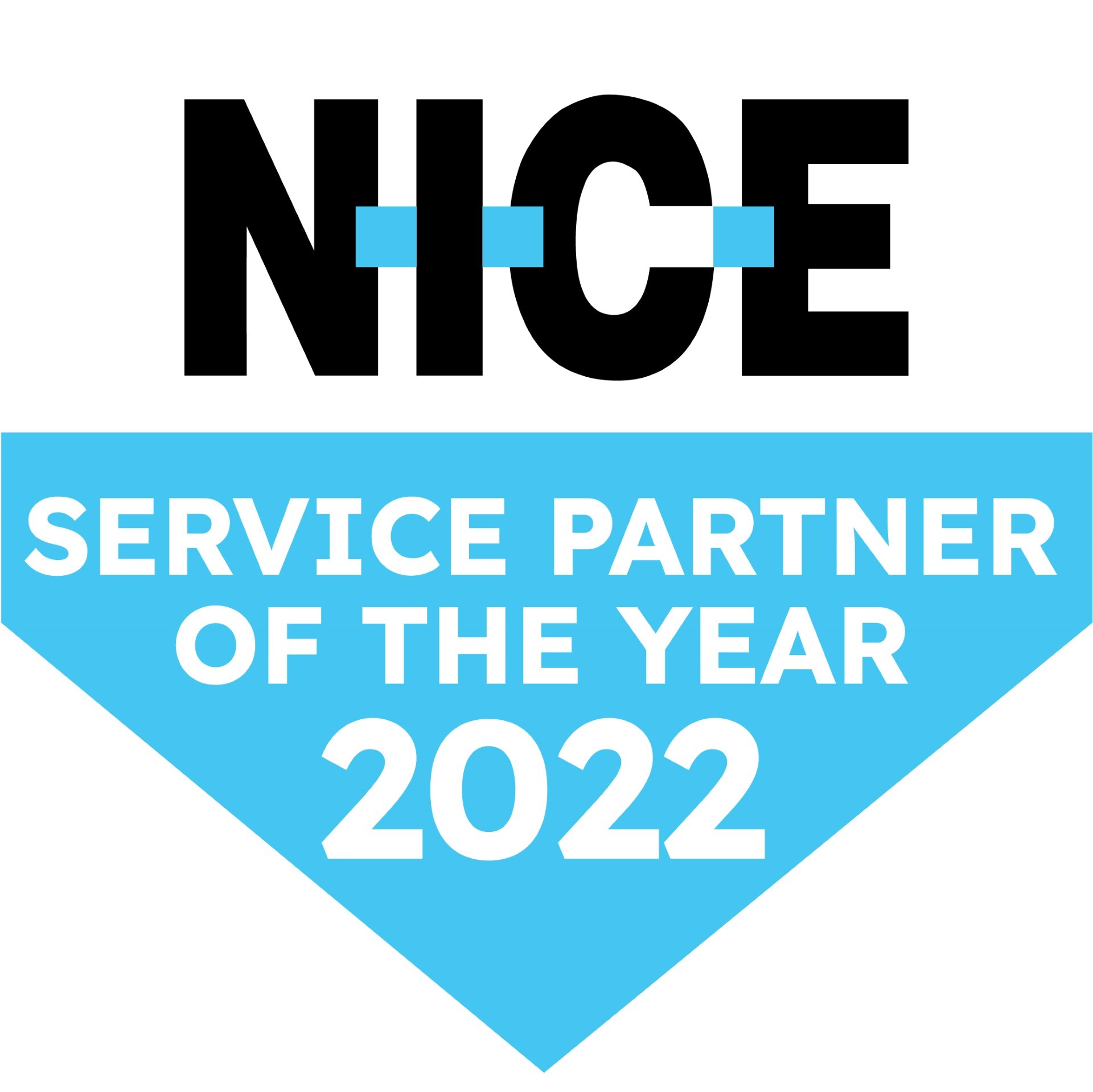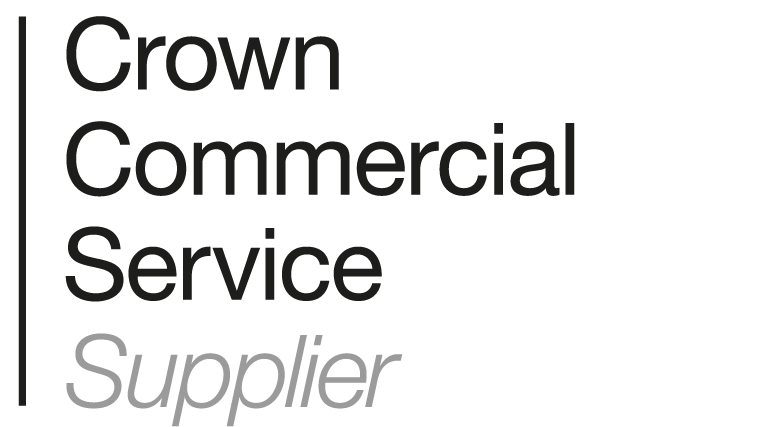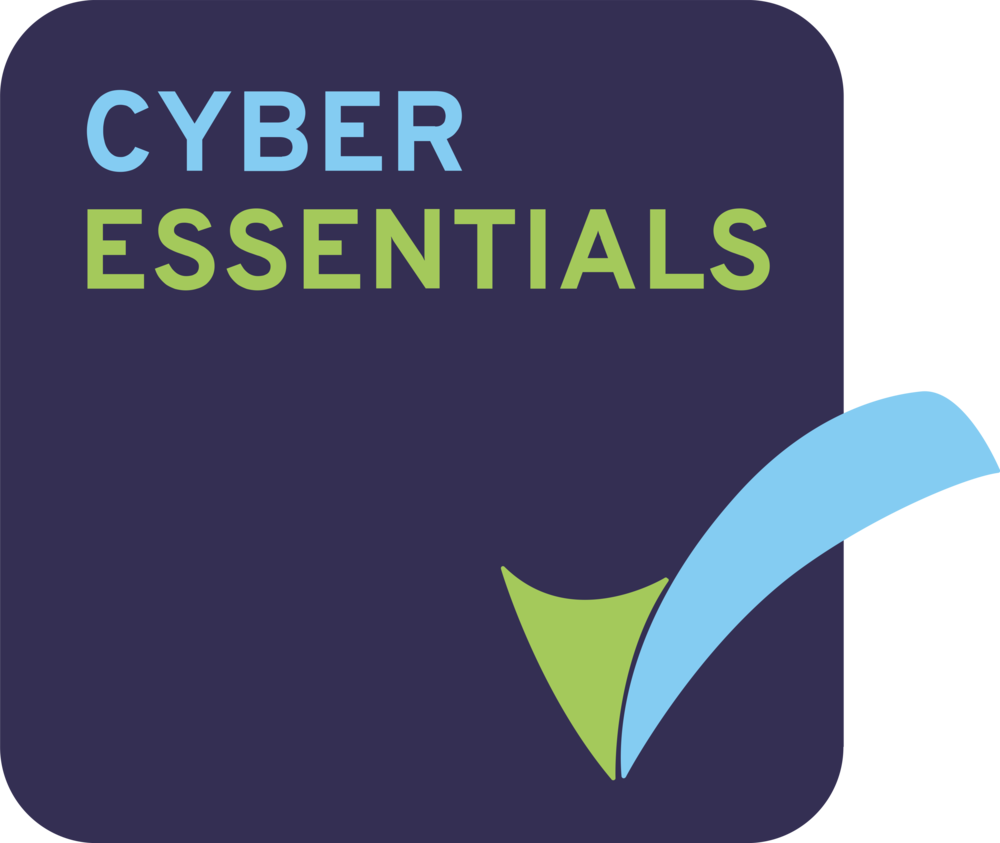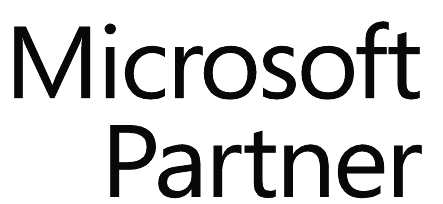Most UK Contact centres today adopt some sort of quality monitoring. If done correctly it is an extremely valuable tool that can help gain customer insight and significantly improve customer service results. Call quality monitoring is critical for maximizing agent performance but is often done in a rush and without a well thought out strategy.
8 tips to help you maximise your Call Quality Monitoring efforts
1. Choose the right people for Quality Monitoring Evaluation
Quality evaluation is only as good as the person doing the evaluating. When possible, it’s worth investing in a dedicated person – or, in the case of larger contact centres, a specialist team – to monitor quality in the contact centre.
2. Provide agents with the ability to self-evaluate
Encourage agents to score their own calls before each session and then compare notes with each other. Not only will this provide them with the opportunity to self evaluate and become more self aware, it will also shed light on whether you have different understandings of good and bad service. For quality monitoring to be efficient it’s important for everyone to understand and identify what ‘good’ or ‘unsatisfactory’ looks like.
For more information on Quality Monitoring, check out our article: 10 Valuable Tips on QM
3. Increase the sample size only for under-performers
For those agents who are not performing to the desired standards, monitor a larger sample of calls to identify problem areas. For example, every agent has one call monitored per week, for those who receive a score below 80% a second call will be inspected.
4. Don’t randomly select calls
Find targeted calls for business insight through simple technologies like a scaled down word search option. Selecting random calls is likely going to result in a distorted image of the agent’s performance being created. Using word search options allows to select calls that require attention and better understand where the agent might need further training.
5. Get agents, team leaders and customer service managers to all mark the same call
Consider getting agents, team leaders and customer service managers to all mark the same call. The process becomes discursive, allowing agents to influence the score and therefore improving their buy-in, especially when it comes to taking on feedback. Not only, new expert points of view are added making the evaluation that more valuable and complete.
For more information on Call Quality Monitoring, check out our article: What are the most popular Call Quality Monitoring solutions
6. Use a ‘Stop, Start and Continue’ structure at the end of every feedback session
Make sure your agents have fully understood the feedback delivered by allowing them to set their own goals and take ownership of achieving them. Not only will you be sure they have understood the points raised, but they will feel in control of making the necessary changes towards improvement.
7. Score what is important to the customer
Ensure that your call observation form is not so much focused on the expectation of what you think is important but what is actually important to your customer. For example, you may focus on metrics such as average handling time, when resolving a customer issue on the first interaction, even if it takes longer, is going to result in better customer experience and a happier customer.
Related Content [Whitepaper]
An Instrumental Guide on Calibration
8. Look at Multi-Skilled Quality Monitoring Feedback
In many contact centres the work is multi-skilled and the team does not only deal with providing customer service, but is also responsible of incoming sales, retention and cancellations. Each one of these will require different skill sets and should be monitored for more specific coaching opportunity to be identified.















